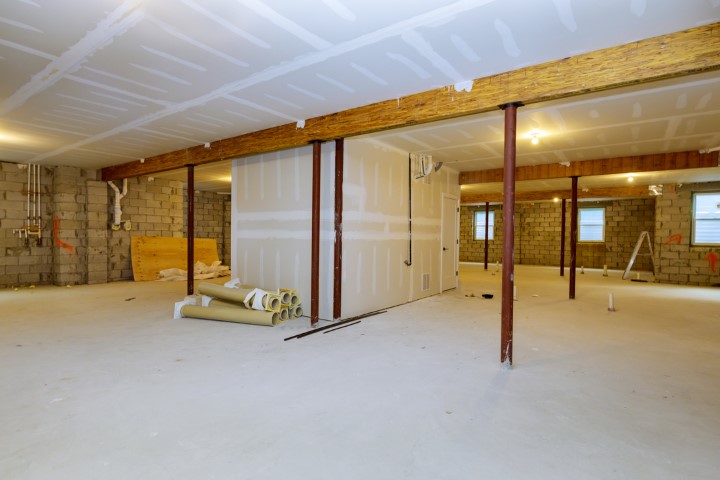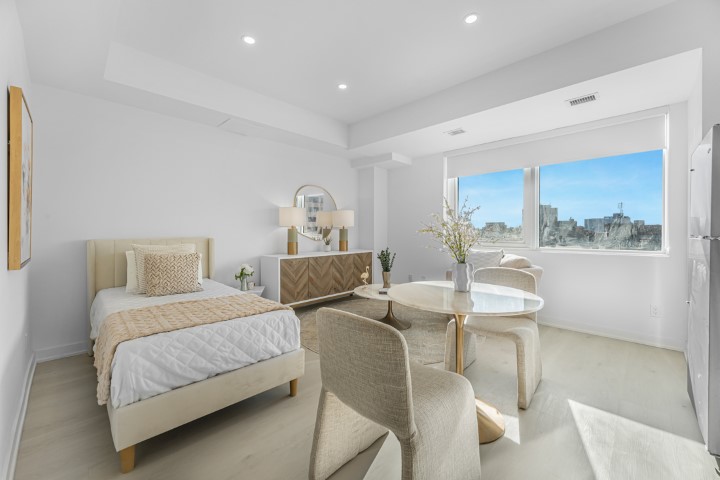November 15th 2024
 There is a housing crisis in Canada and it is impacting both prospective home buyers and prospective tenants. Simply put, there are more aspiring occupants than there are dwellings to put them in. Of course, the problem isn’t consistent in all locations across the country. Remote areas and areas with limited growth and slim employment opportunities aren’t impacted. But high-density urban areas, areas where populations are consistently growing and areas within reasonable community distance of large centres are definitely feeling the pinch. And that pretty much encompasses all of Southern Ontario.
There is a housing crisis in Canada and it is impacting both prospective home buyers and prospective tenants. Simply put, there are more aspiring occupants than there are dwellings to put them in. Of course, the problem isn’t consistent in all locations across the country. Remote areas and areas with limited growth and slim employment opportunities aren’t impacted. But high-density urban areas, areas where populations are consistently growing and areas within reasonable community distance of large centres are definitely feeling the pinch. And that pretty much encompasses all of Southern Ontario.
Without getting sidetracked into a political discussion, I can say here in Ontario two forces are at work to fuel this crisis: Immigration and rent controls. People are arriving in this land, but because of the artificial restraints on rental dwellings, a lot of developers and investors are shying away from developing or investing in residential rental buildings.
 The provincial government is certainly aware of this problem. And while they are reluctant to take the necessary steps to resolve the residential landlord/tenant crisis, they are taking bold steps to encourage residential development. Specifically, with the ‘More Homes Built Faster Act of 2022’ and the modifications to the Planning Act, regulation 299/19.
The provincial government is certainly aware of this problem. And while they are reluctant to take the necessary steps to resolve the residential landlord/tenant crisis, they are taking bold steps to encourage residential development. Specifically, with the ‘More Homes Built Faster Act of 2022’ and the modifications to the Planning Act, regulation 299/19.
Regarding new construction, the province has set a goal of adding 1,500,000 new dwelling units over the next 10 years. That average of 150,000 per year puts growth at a higher pace than the best year in any of the past 20 years. Ambitious. Let’s review quickly some of the incentives that have been rolled out.
 units in existing single-family dwellings even in R1 zoning. People could rent out a portion of their homes by making in some cases minor modifications. Tandem parking was allowed. Entrances didn’t have to be private and unique. Access could be gained through the owner’s occupied space. It was important to understand however that this initiative did not create legal duplexes. The property owner was required to reside in the property.
units in existing single-family dwellings even in R1 zoning. People could rent out a portion of their homes by making in some cases minor modifications. Tandem parking was allowed. Entrances didn’t have to be private and unique. Access could be gained through the owner’s occupied space. It was important to understand however that this initiative did not create legal duplexes. The property owner was required to reside in the property. Now it gets even better. Not only are two additional accessory dwelling units allowable, but there is even grant money available to help property owners create them. Yes, that’s right. Grants, not loans. The program is administered by the local municipality and will cover up to 70% of the eligible cost of creation. I say eligible because while costs like material, labour, HVAC and plumbing are covered, items such as appliances, decorating accessories financing and preparation of building permit plans are not. There is a ceiling of $40,000 for interior units and $80,000 for exterior units. The program can be combined with other incentives but grants cannot exceed actual costs. You can’t cover all costs and walk away with cash in your pocket. The ceiling of $40,000 or $80,000 applies per building. You can undertake more than one conversion and be eligible for grants on each.
Now it gets even better. Not only are two additional accessory dwelling units allowable, but there is even grant money available to help property owners create them. Yes, that’s right. Grants, not loans. The program is administered by the local municipality and will cover up to 70% of the eligible cost of creation. I say eligible because while costs like material, labour, HVAC and plumbing are covered, items such as appliances, decorating accessories financing and preparation of building permit plans are not. There is a ceiling of $40,000 for interior units and $80,000 for exterior units. The program can be combined with other incentives but grants cannot exceed actual costs. You can’t cover all costs and walk away with cash in your pocket. The ceiling of $40,000 or $80,000 applies per building. You can undertake more than one conversion and be eligible for grants on each.